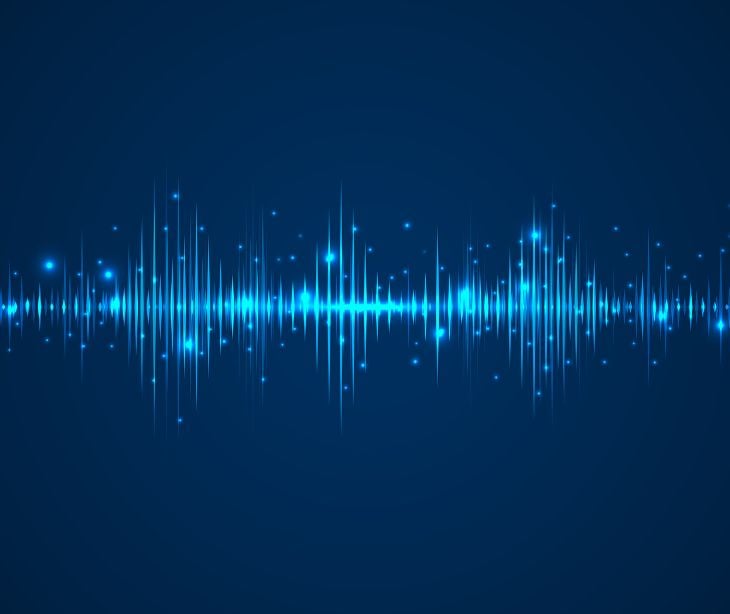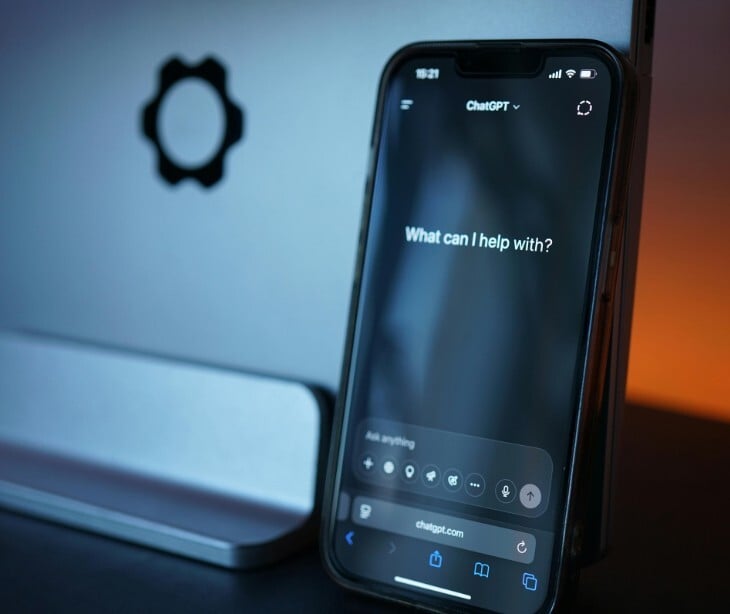
Voice cloning builds a digital copy of a person’s unique voice, including speech patterns, accents, voice inflection, and even breathing, by training an algorithm with a sample of a person’s speech that can be as short as a three-second audio clip.
Voice cloning represents a significant breakthrough in artificial intelligence, providing benefits in entertainment, healthcare, and beyond. However, its potential for misuse and scams requires safeguards to protect individuals' privacy and security.
Understanding voice cloning
Voice cloning generates a digital duplicate of an individual's distinct voice characteristics, encompassing speech patterns, accents, intonations, and even the nuances of breathing. This process instructs an algorithm using a snippet of the person's speech, as brief as a three-second audio clip.
Once a voice model is created, plain text can be synthesized into speech that mimics the exact sound of the individual. Unlike the robotic, unnatural speech of the past, voice cloning produces highly realistic and human-like results.
Benefits of voice cloning
Voice cloning offers numerous advantages in various industries. In the entertainment sector, voice-over artists can utilize this technology to expand their capabilities. For instance, if an artist is overbooked, they can send a sample of their voice to a project, allowing their voice to be cloned and used without their physical presence. Additionally, voice cloning can facilitate language translation in film production, eliminating the need to hire foreign-language actors for localized versions.
The medical realm also stands to benefit from voice cloning. Individuals with speech disabilities can have artificial voices generated, providing them with a means of communication. Moreover, patients who undergo procedures that affect their vocal cords, such as larynx removal, can record their voices beforehand to create cloned voices that closely resemble their original ones.
Read also: Can deepfakes be beneficial in healthcare?
Potential misuse and scams
While voice cloning has immense potential for good, cybercriminals can also exploit it. Impersonation of celebrities, people in authority, and even regular individuals can lead to various forms of fraud.
For example, vishing (voice phishing) attacks target vulnerable individuals, particularly older adults, by imitating the voices of their loved ones to extract money or sensitive information. Implementing safeguards can prevent such abuses and protect individuals' privacy and security.
Read more: What is vishing?
Safeguards for responsible use of voice cloning
Several safeguards should be implemented to ensure the ethical and responsible use of voice cloning technology. These measures can help protect individuals from unauthorized cloning and prevent the misuse of cloned voices:
Opt-in/opt-out Procedures
Similar to consent processes used in facial recognition technology, voice cloning should also incorporate opt-in/opt-out procedures. Clear signage and transparent information about collecting, using, and storing biometric voice data should be provided. Individuals must have the choice to either consent or decline participation in voice cloning activities.
Liveness Detection
Liveness detection, a technique commonly used in facial recognition systems, can also play a vital role in voice cloning safeguards. This process determines whether the voice is recorded from a live person or a spoof, such as a playback attack. By incorporating intrasession voice variation and comparing audio samples during verification, liveness detection can accurately identify spoofing attempts and enhance the security of voice recognition systems.
Multi-factor authentication
Organizations that employ voice recognition as a form of biometric authentication should consider implementing multi-factor authentication. This additional layer of validation helps verify the legitimacy of a user's identity by sending a code to their registered device for verification. Although not foolproof, multi-factor authentication adds extra security to prevent unauthorized access.
Related: What is MFA?
See also: HIPAA Compliant Email: The Definitive Guide
In the news
AI scammers have targeted security startups, with LastPass recently fending off an AI voice-cloning attempt to impersonate its CEO, Karim Toubba. LastPass revealed that an employee received WhatsApp communications, including calls, texts, and a voice message, from someone pretending to be Toubba. The employee's suspicion due to the unusual communication channels and forced urgency led them to report the incident, helping mitigate the threat.
This failed attempt proves the increasing sophistication of such attacks, as seen earlier this year when a Hong Kong tech worker was scammed out of $25 million by a deepfake impersonation of his CEO and colleagues. LastPass's vigilance is heightened by past breaches, notably the August 2022 hack where a hacker accessed its customer database. CEO Toubba later provided a detailed account of the breach, taking full responsibility. The company's employees' skepticism and awareness of social engineering tactics have become necessary defenses against changing cyber threats.
FAQs
What is voice cloning and how is it used in healthcare?
Voice cloning is the process of creating a synthetic replica of a person's voice using artificial intelligence and machine learning techniques. In healthcare, voice cloning can be used for applications such as patient reminders, virtual assistants, and providing personalized care instructions.
Why is voice cloning a concern for healthcare security?
Voice cloning poses a security concern in healthcare because it can be used to impersonate healthcare providers or patients, potentially leading to unauthorized access to sensitive information, fraudulent activities, and breaches of patient privacy.
How can healthcare facilities protect against the misuse of voice cloning technology?
Healthcare facilities can protect against the misuse of voice cloning by implementing strong authentication methods, educating staff about the risks, monitoring unusual activities, and using advanced technologies to detect synthetic voices and prevent unauthorized access.
How does voice cloning impact HIPAA compliance?
Voice cloning impacts HIPAA compliance by introducing new risks to the confidentiality, integrity, and availability of protected health information (PHI). Healthcare organizations must ensure that voice cloning technologies are used in a manner that complies with HIPAA regulations, including implementing appropriate security measures to protect PHI and prevent unauthorized access.
Subscribe to Paubox Weekly
Every Friday we'll bring you the most important news from Paubox. Our aim is to make you smarter, faster.




